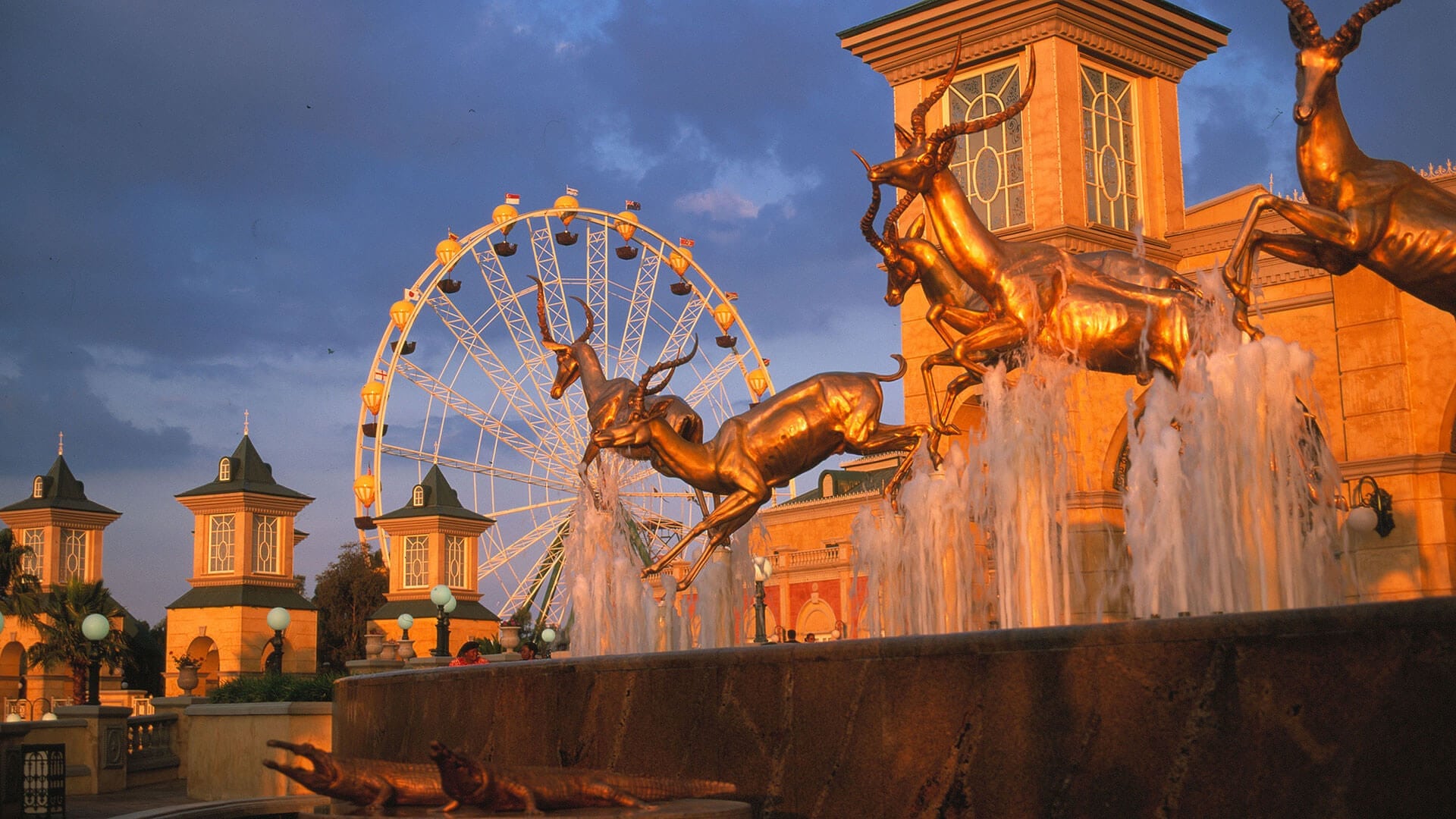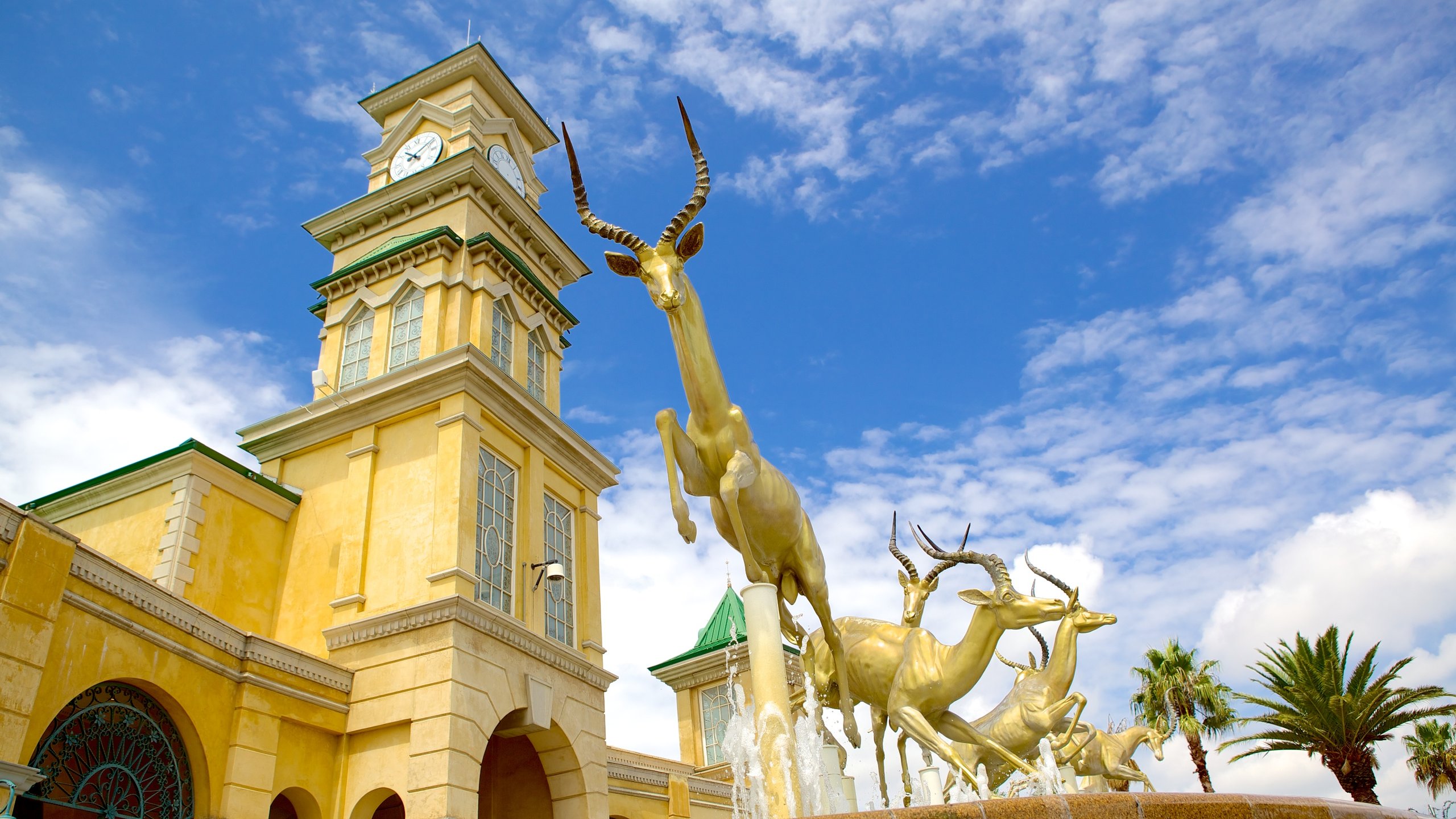Facts About Johannesburg North Attractions Revealed
Facts About Johannesburg North Attractions Revealed
Blog Article
Fascination About Johannesburg North Attractions
Table of ContentsJohannesburg North Attractions for BeginnersThe 3-Minute Rule for Johannesburg North Attractions9 Easy Facts About Johannesburg North Attractions ShownThe Facts About Johannesburg North Attractions RevealedThings about Johannesburg North AttractionsThe Ultimate Guide To Johannesburg North Attractions5 Simple Techniques For Johannesburg North Attractions
You ought to keep protection in mind and tourists must stay sharp at all times when in strange environments. Speak with the residents when you are in community to discover the location you are remaining in. Johannesburg North attractions. When on the road (this doesn't apply to mall and other safe and secure atmospheres) finest basic suggestions is to try your finest to resemble a regional and to prevent showing any kind of form of riches
The Buzz on Johannesburg North Attractions
Professor Revil Mason O. J. (Thomson, 1946) explored the Witwatersrand's pre-colonial background. His archaeological job exploded the 'em pty land' myth, according to which the region was without human habitation prior to the arrival of European inhabitants. In his publications Prehistory of the Transvaal: A Document of Human Activity (1962) and Beginnings of Black Individuals of Johannesburg and the Southern Western Central Transvaal AD 3501880 (1986 ), Professor Mason demonstrated the level of social and economic advancement in the area prior to Europeans established foot below.

The Johannesburg North Attractions Ideas
In 1878, David Wardrop discovered gold in quartz veins at Zwartkop, north of Krugersdorp. In 1881, Stephanus Minnaar came across gold on the ranch Kromdraai, near the Cradle of Mankind.
In March 1886, an outcropping (quickly to be called the Key Reef) was discovered, rather fortuitously, on Gerhardus Oosthuizen's farm Langlaagte. Some state that the Lancastrian coal miner George Walker uncovered this coral reef. An additional itinerant English miner, George Harrison (who had formerly operated in Australian mines) acquired a prospecting permit in regard of Langlaagte in Might 1886.
He chose to go on in a pursuit for greener pastures, and disposed of his Langlaagte case for the handsome amount of 10. Alas: underneath lay the richest goldfield ever discovered. The exploration of this rich auriferous coral reef provoked a gold rush that indicated completion of agrarian tranquillity in the southern Transvaal.
It would, within 6 years, end up being the biggest community in southerly Africa. Within a years, it would certainly make the Z. A. R. until after that an anarchical and insolvent little state the richest nation in Africa. By the turn of the century, the Z. A. R. was to exceed Russia, Australia and the USA of America to become the globe's leading gold manufacturer, producing even more than a quarter of the globe's gold.
Indicators on Johannesburg North Attractions You Should Know
It was referred to as Ferreira's Camp, named after Colonel Ignatius Ferreira. He was a Boer traveler upon whom the British authorities had bestowed the standing of Companion of one of the most Identified Order of St Michael and Source St George (qualifying him to the post-nominal letters C. M. G.) in gratitude for his function in the war that had actually deposed the Pedi king Sekhukhune in 1879.
2 other camps were established: Meyer's Camp on the farm Doornfontein, and Paarl Camp. The latter was nicknamed Afrikander Camp; lots of individuals from the Cape Colony cleared up there.

Johannesburg North Attractions Fundamentals Explained
This name obtained currency by word of mouth, such that the State Assistant verified the name to the Mining Commissioner on 9 October 1886. Stands in the town were auctioned on 8 December 1886. While some stands were offered for 10, others were knocked down for as low as sixpence.
Two years later, these erven were to transform hands for as long as 750 each. The tented camps decreased as a dorp of corrugated iron buildings created and broadened north of the mines situated along the Main Coral Reef Roadway. Locations such as Jeppe's Town (where working-class immigrants erected their dwellings) and Doornfontein (where the wealthy new 'Randlords' started to build their luxurious homes) were quickly added to the ever-expanding map of the community.
Rumored Buzz on Johannesburg North Attractions
Apart from the road names, there were no indicators of Johannesburg being located in a Dutch-speaking country., nearly every person spoke English and also find out here the Federal government slaves resolved one in English, unless they were initial attended to in the Taal (or Reduced Dutch)'.
Britain had an interest in ensuring optimal problems for gold manufacturing on the Witwatersrand, and that the gold was exported to London instead than Berlin a necessary made all the much more clamant by the Z. A. R.'s raising toenadering with Germany. Mine proprietors were on a collision training course with President Kruger, whose policy of monopolistic giving ins (often provided to his cronies) stopped mining business from procuring supplies of materials (especially dynamite) and work on their own, cheaper terms
Get This Report on Johannesburg North Attractions
In 1890, the Volksraad had restricted the franchise to white males that had stayed in the Z. A. R. for fourteen years or longer, therefore invalidating most of the immigrants (that happened to be the major contributors to the fiscus). Nevertheless, frustration for the vote was a simple pretense for advertising a different program; most uitlanders regarded themselves as short-lived visitors and had no objective of staying in the Z.
Report this page